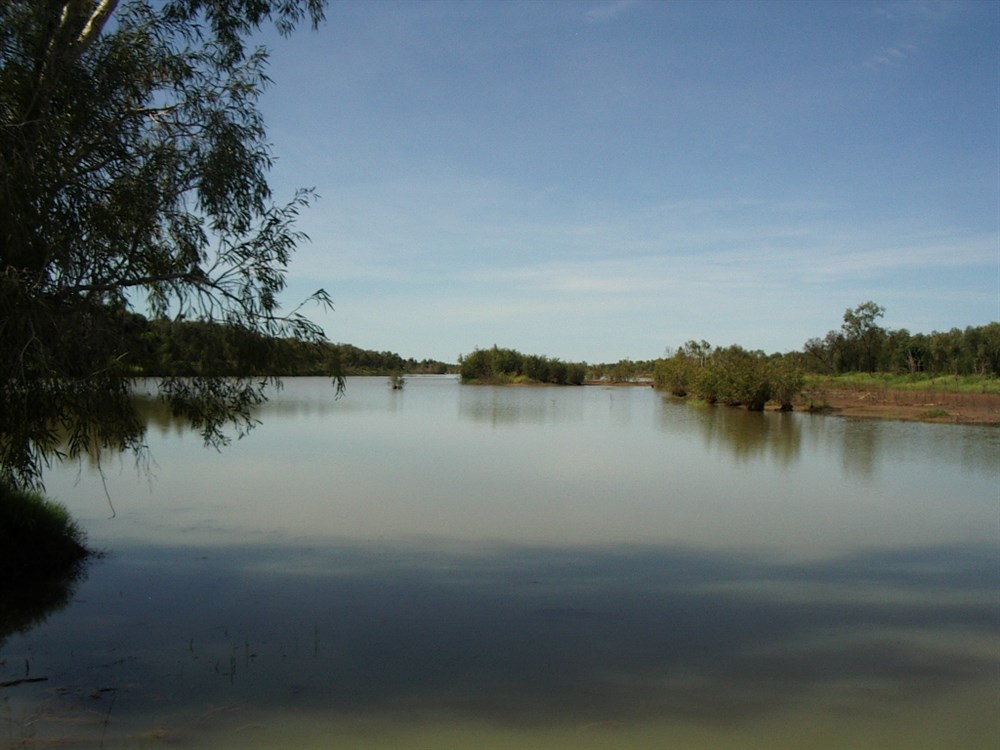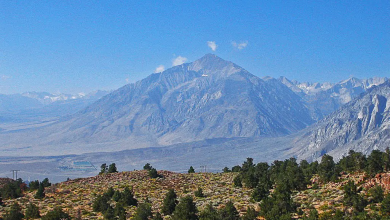Flinders River

Nestled within the vast expanses of the Australian Outback, the Flinders River is more than just a waterway—it is a cultural icon that holds deep significance for Indigenous peoples, European settlers, and modern Australians alike. The river has three main tributaries: the Cloncurry, Saxby, and Corella rivers. In this comprehensive exploration, we delve into the multifaceted reasons why the Flinders is culturally important, uncovering its role as a sacred site, a source of inspiration, and a symbol of resilience and heritage.
I. Indigenous Connections: The River as a Sacred Site
For thousands of years, Indigenous peoples have inhabited the lands surrounding the Flinders River, forging deep connections to its waters, landscapes, and wildlife. The river holds spiritual significance as a sacred site, with Dreaming stories and cultural practices passed down through generations. Through oral traditions and artistic expressions such as rock art, Indigenous communities continue to celebrate and preserve their cultural heritage along the banks of the Flinders, ensuring that their connection to the land remains strong.
II. Traditional Practices: Sustaining Cultural Identity
The Flinders River Basin has long served as a vital resource for Indigenous communities, providing sustenance, shelter, and spiritual nourishment. Traditional hunting, fishing, and gathering practices are deeply intertwined with cultural identity, serving as a means of passing down knowledge, skills, and values from one generation to the next. By engaging in these time-honored traditions, Indigenous peoples maintain a strong connection to their cultural heritage and ancestral lands along the Flinders.
III. European Exploration and Settlement: Shaping Cultural Landscape
In the 19th century, European explorers and settlers ventured into the Flinders River Basin, bringing with them their own cultural traditions, languages, and customs. The arrival of Europeans led to significant changes in the cultural landscape of the region, as new industries such as pastoralism, mining, and agriculture emerged along the banks of the Flinders. Despite these changes, Indigenous cultural heritage remained resilient, influencing and shaping the cultural identity of the region to this day.
IV. Historical Landmarks: Preserving Cultural Heritage
The Flinders River Basin is home to a wealth of historical landmarks and cultural sites that preserve the region’s rich heritage and identity. From ancient rock art galleries to colonial-era homesteads and mining towns, these landmarks serve as reminders of the diverse cultural influences that have shaped the Flinders over centuries. Efforts to preserve and protect these sites are ongoing, ensuring that future generations can continue to learn from and appreciate the cultural significance of the Flinders River Basin.
V. Contemporary Significance: Inspiring Art and Literature
The cultural importance of the Flinders River extends beyond its historical and Indigenous significance, inspiring artists, writers, and creatives from around the world. The rugged beauty and untamed wilderness of the river basin have been captured in paintings, novels, and poetry, reflecting the enduring allure and mystique of the Outback. Through artistic expressions, the Flinders continues to captivate and inspire audiences, serving as a symbol of Australia’s cultural heritage and natural beauty.
VI. Environmental Conservation: Safeguarding Cultural Legacy
As awareness of the Flinders River’s cultural importance grows, so too does the need for environmental conservation and sustainable management of the region. Efforts to protect the river’s ecosystems, biodiversity, and cultural heritage are essential to preserving its cultural significance for future generations. By working collaboratively with Indigenous communities, government agencies, and conservation organizations, we can ensure that the Flinders remains a cultural icon and source of inspiration for years to come.
Conclusion:
In unraveling the cultural tapestry of the Flinders River, we gain a deeper appreciation for its significance as more than just a waterway—it is a living testament to the rich heritage and cultural diversity of the Australian Outback. From its sacred status in Indigenous culture to its role as a source of inspiration for artists and writers, the Flinders holds a special place in the hearts and minds of Australians. By recognizing and celebrating its cultural importance, we can ensure that the Flinders remains a symbol of resilience, heritage, and cultural identity for generations to come.
Know More about the Flinders River.
What are The Religious Places of the Flinders River?
When Did The Flinders River Basin Become a Focus?
Where is The Flinders River Located?
Who Were The Key Historical Figures and Civilizations of The Flinders River?
How to Reach Flinders River?



